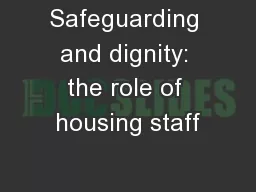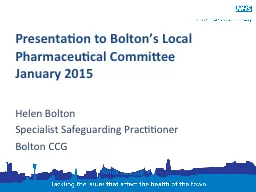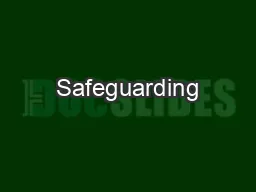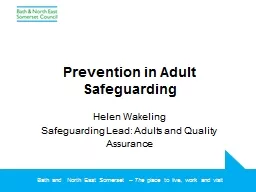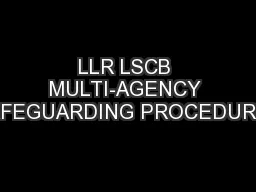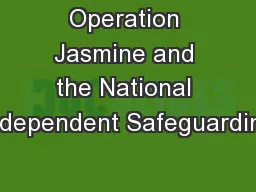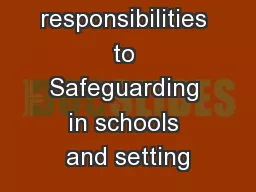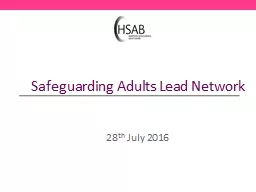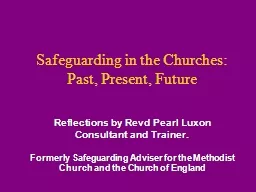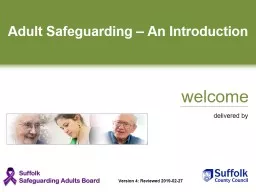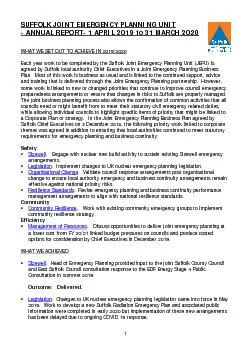PPT-Suffolk Safeguarding Adults Framework
Author : kittie-lecroy | Published Date : 2019-11-18
Suffolk Safeguarding Adults Framework Working together to keep adults safe 1 Suffolk SAB Vision Mission Values and Pledges 2 Everyone in society has a responsibility
Presentation Embed Code
Download Presentation
Download Presentation The PPT/PDF document "Suffolk Safeguarding Adults Framework" is the property of its rightful owner. Permission is granted to download and print the materials on this website for personal, non-commercial use only, and to display it on your personal computer provided you do not modify the materials and that you retain all copyright notices contained in the materials. By downloading content from our website, you accept the terms of this agreement.
Suffolk Safeguarding Adults Framework: Transcript
Download Rules Of Document
"Suffolk Safeguarding Adults Framework"The content belongs to its owner. You may download and print it for personal use, without modification, and keep all copyright notices. By downloading, you agree to these terms.
Related Documents


